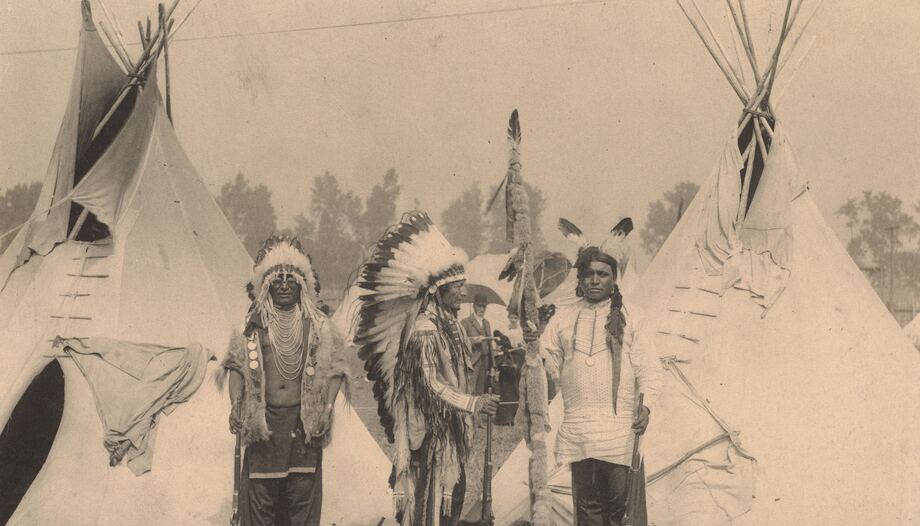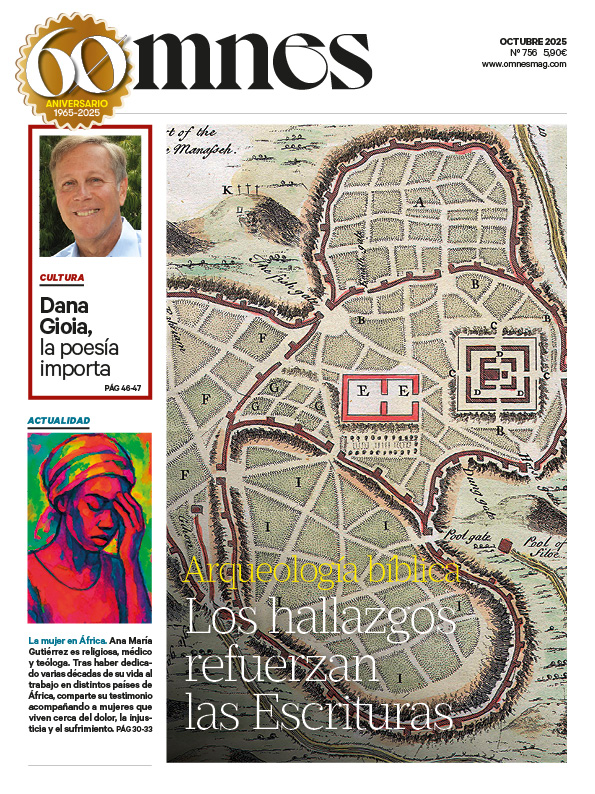Native American Heritage Month has been celebrated in November since 1990. Its objective is to get closer to the native peoples in the United States to learn about their cultures and recognize their contributions to society. On that occasion, different cultural institutions and museums organize activities, among them the National Gallery, the Library of Congress, the National Archives and mainly the National Museum of the American Indians, which is part of the network of Smithsonian Museums. This precinct houses one of the largest collections of indigenous objects in the world and includes artifacts, photographs, works of art, paintings and sculptures not only from North America but from all over the continent.
In addition, many dioceses organize Masses and times of prayer to commemorate Native American heritage. For example, on November 3, Cardinal Wilton Gregory, Archbishop of Washington, DC, presided at St. Mary of Piscataway Church in Clinton, Maryland at a Mass in honor of Native Americans. In his homily the Cardinal noted, "We celebrate this Native Heritage Month so that our brothers and sisters who claim that precious heritage may rejoice in the great good that Native Americans have done in society and continue to do so."
Tribes in the United States
There are 573 tribal entities in the country, to which 2.5 million American Indians and Alaska Natives belong, living in various parts of the territory. The most populated tribes are the Cherokee, Navajo and Choctaw. Some groups call themselves a "nation" or "people," the latter term being used for tribes that share the same language, inhabit the same region or share cultural traits.
Throughout history, the relationship of these peoples with the federal government has been complex and conflictive. From the origins of the nation, the U.S. government imposed its authority based on treaties that were not fulfilled or were deceptive. In this way, the natives were dispossessed of a large part of their lands. An example of this is the "Indian Removal Act," passed in 1830, which ordered the expulsion of Indians from the eastern part of the country to the west of the Mississippi River.
One of the tribes that suffered most from this law were the Cherokee. Their forced march westward is known in the history of the country as the "Trail of Tears" because hundreds of Indians died along the way from starvation, disease or exhaustion. Of the 15,000 Cherokees who set out, 4,000 died along the way. Decades later, many of these actions were deplored and declared unconstitutional by the Supreme Court, as in the case of Worcester v. Georgia, which recognized the forced displacement of Indian populations and the dispossession of their ancestral lands. The United States currently applies a policy of cooperation and self-determination, whereby the government recognizes the areas known as "Indian Reservations" as semi-sovereign territories, i.e. with their own laws and forms of self-government. They are not part of any state, although they are within them and therefore are not subject to its laws.
Tribes may enact civil and criminal laws, establish citizenship rules, and authorize activities within their jurisdictions. Limitations are the same as states and are found in the constitution. Some of them are: they do not have the power to issue their own currency, engage in foreign relations or declare war on other countries. There are 326 federal reserves, many are located in the border area between Mexico and the United States. The largest is the Navajo Nation Reservation with 16 million acres, which is located in Arizona, New Mexico and Utah.
The inhabitants of the reserves face numerous challenges, including poverty, unemployment and crime. This is because many are remotely located and lack the resources to establish solid industries or businesses. One widespread exception is casinos, which have been very successful and are a crucial source of revenue for tribes. Several states, such as Texas, prohibit the installation of casinos and therefore many people go to the only gambling centers located on Indian reservations. One of them is the Kickapoo reservation in Eagle Pass, Texas, on the border with Coahuila, Mexico.
Native American Catholics
It is estimated that there are slightly more than 780,000 American Indians and Alaska Natives who profess the Catholic faith in the country. There are 340 parishes made up mainly of indigenous communities. The United States Conference of Catholic Bishops (USCCB) created the Subcommittee on Native American Affairs, currently chaired by Bishop Chad W. Zielinski of Ulm, to manage and assist in the pastoral care of this sector of the population.
Native American Catholics possess profound values that have enriched the Church and its communities. The first of these is their spirituality. In recent years, the church has increased the number of its saints and blessed with the canonization of Kateri Tekakwitha (1656, New York-1680 Quebec), called the "Native American".Mohawk Lily"and with the beatification process of the Servant of God Nicholas W. Black Elk, the "Black Elk" (1863-1950) of the Oglala Sioux tribe. Kateri Tekakwitha is the patroness of Native Americans. She was canonized in 2012. The "Black Elk" was baptized as an adult in 1907 and in the second part of his life traveled to different Indian reservations to teach and preach the faith.
While the lives of these exemplary role models have shaped Native American spirituality, these cultures also possess other values that enrich the rest of American culture. One of these is that of restorative justice. Through their struggles, primarily in American courts, Native peoples have asserted their rights, especially the use and sovereignty of their lands. Two other vital principles in Native American cultures are the family, centered on marriage, and community life in the parish. Their traditions, languages and customs are spread - in parish communities or missions - along with the proclamation of the Gospel and the celebration of the sacraments.
"Native cultures and the Gospel are not two competing ideas, but merge as seen in the lives of so many Native Americans. With a deeper understanding of the communities belonging to the Native American Catholic Church we will be able to better link the faith and cultures that guide Catholic ministry to Native Americans being a great gift to Christ and his Church" (USCCB, 2019. "Two rivers," Report on American Catholic culture and ministry).







